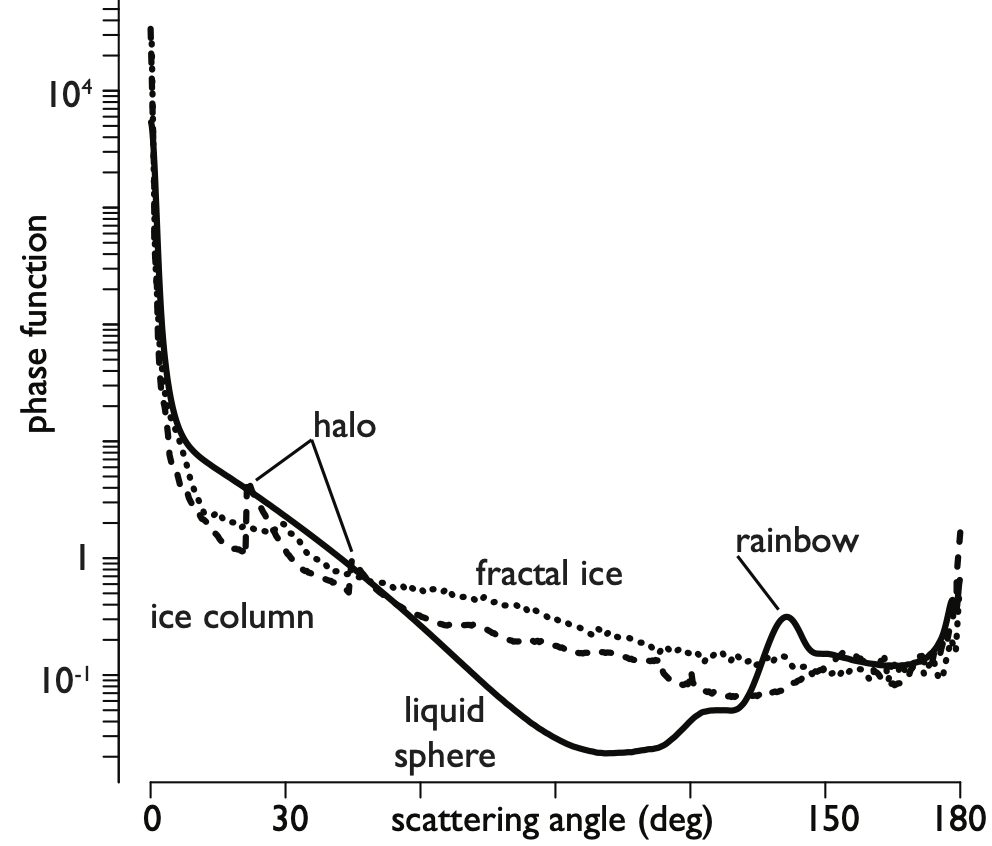The distribution of radiant energy throughout the atmosphere and at the surface drives every wind that blows and leads to every drop of rain that falls. We work to make state-of-the-art understanding available in climate, weather, and research models of the earth system through a combination of physical modeling and machine learning.
